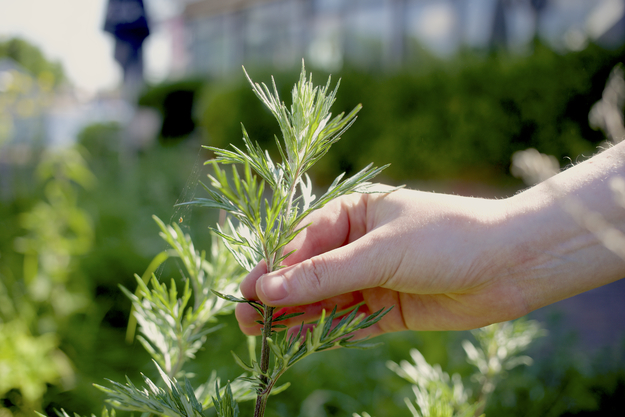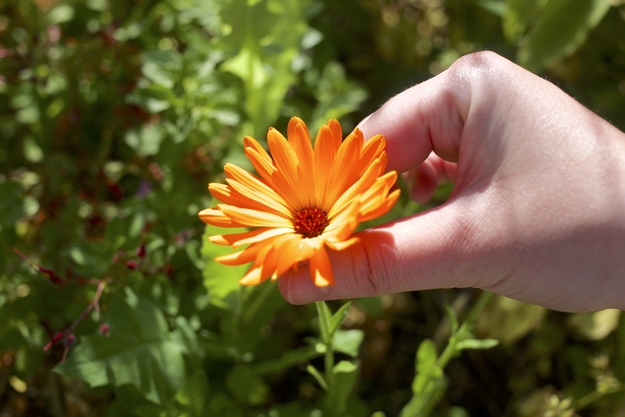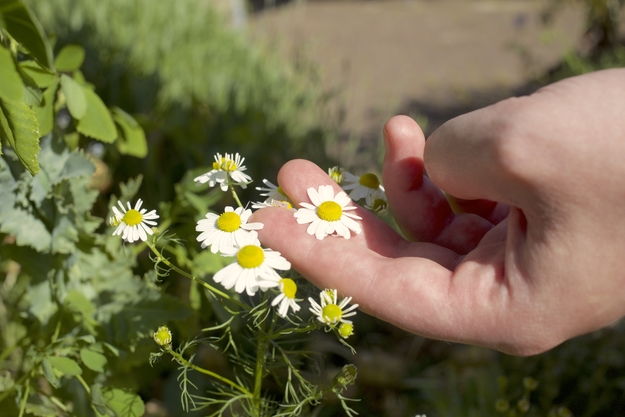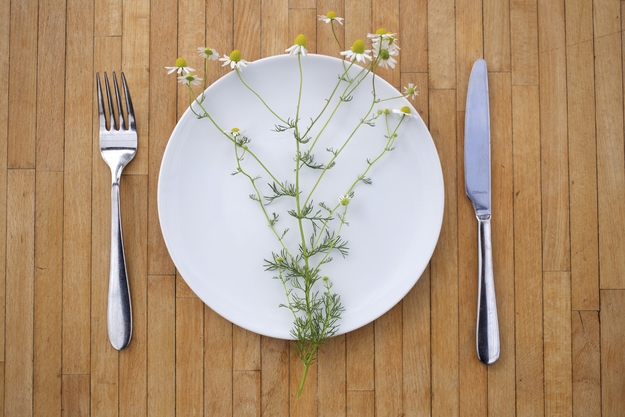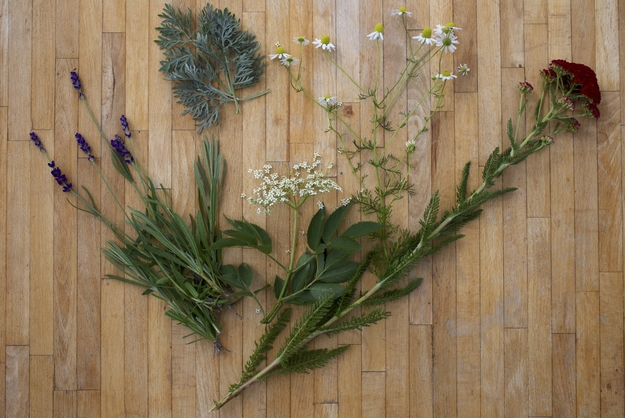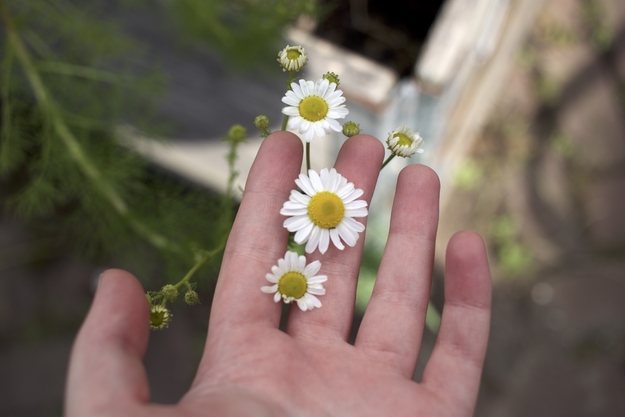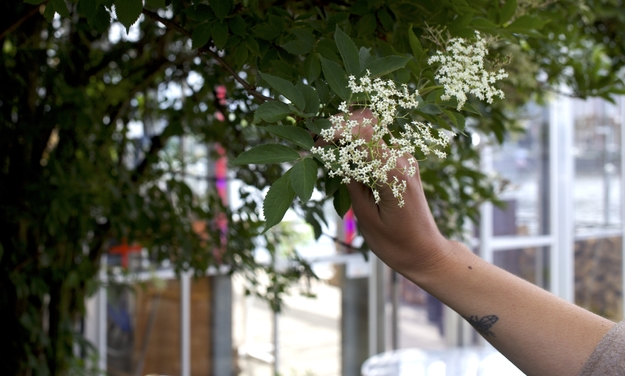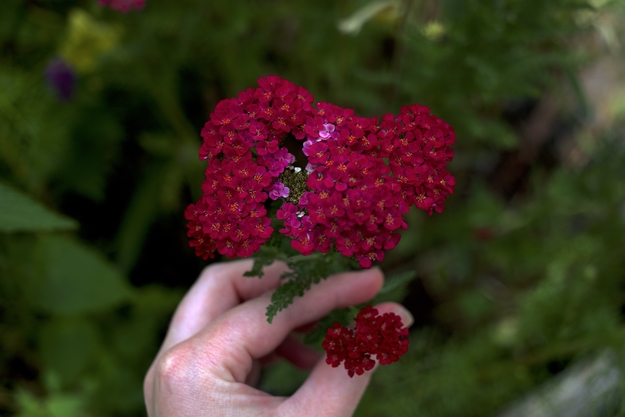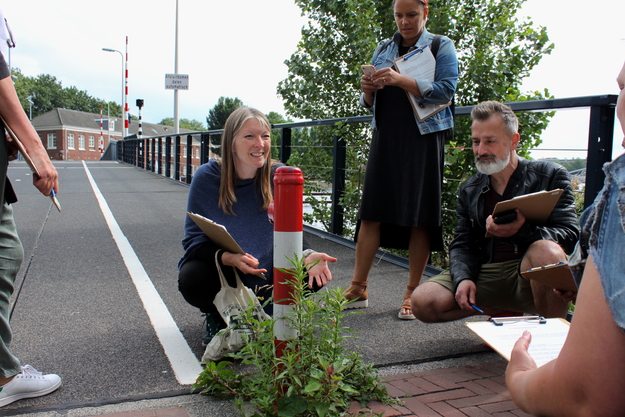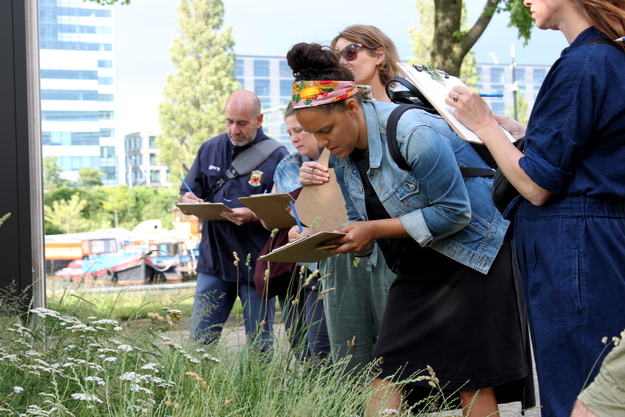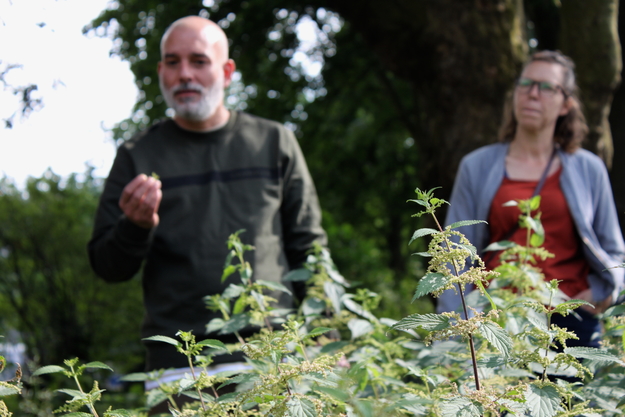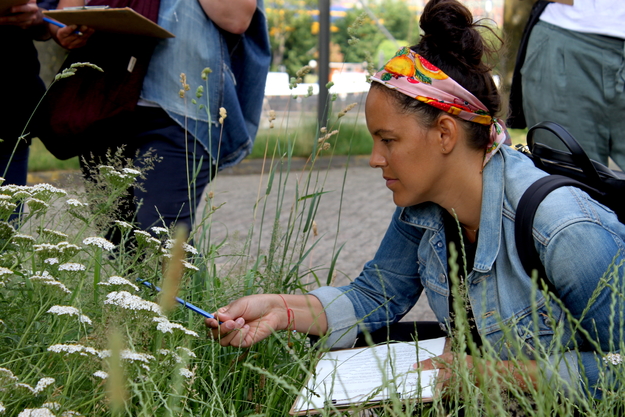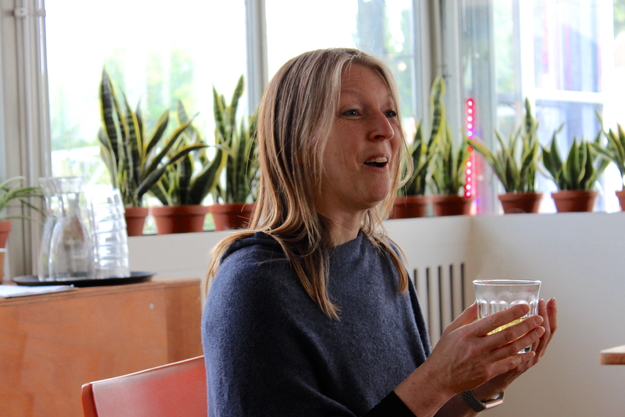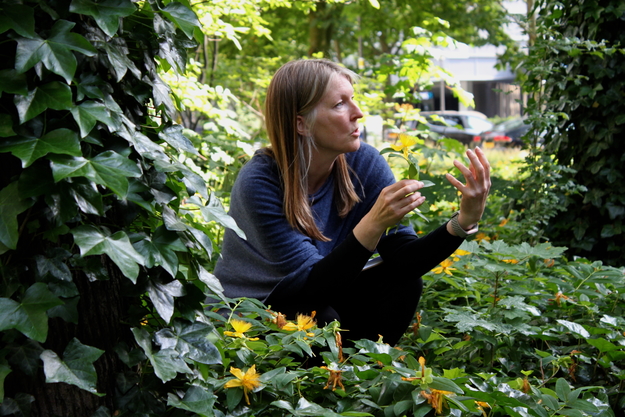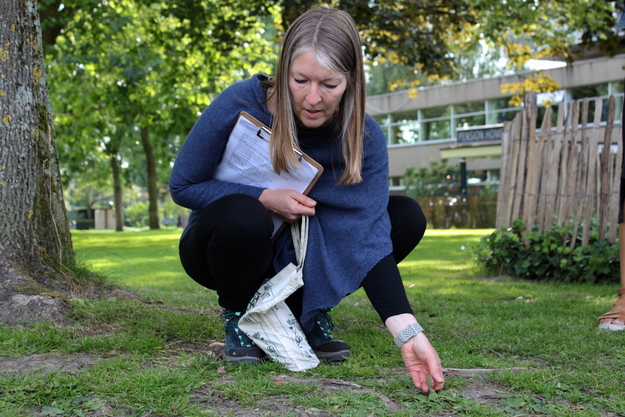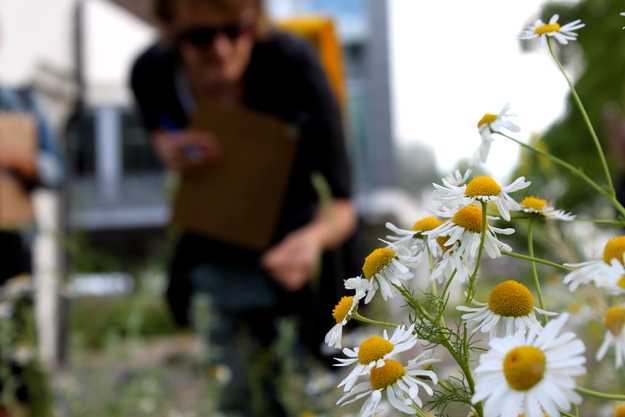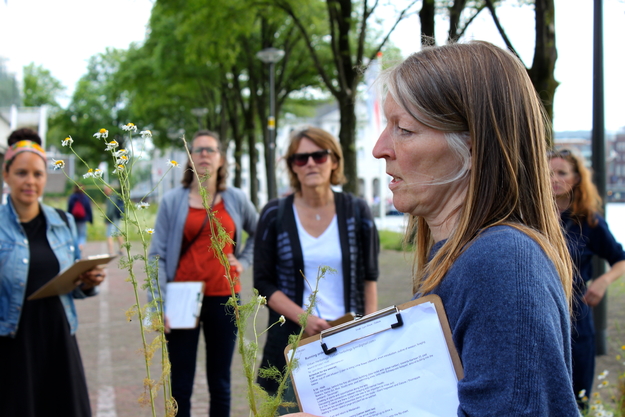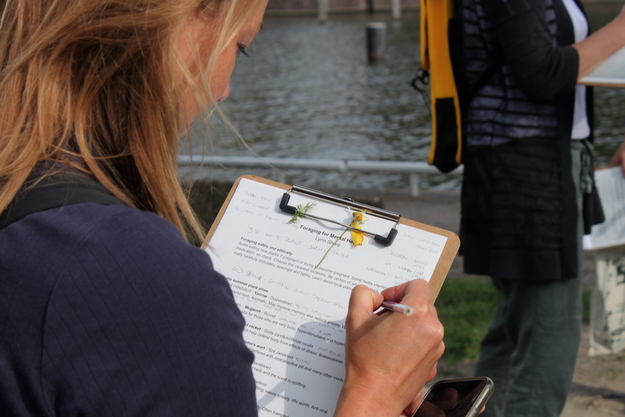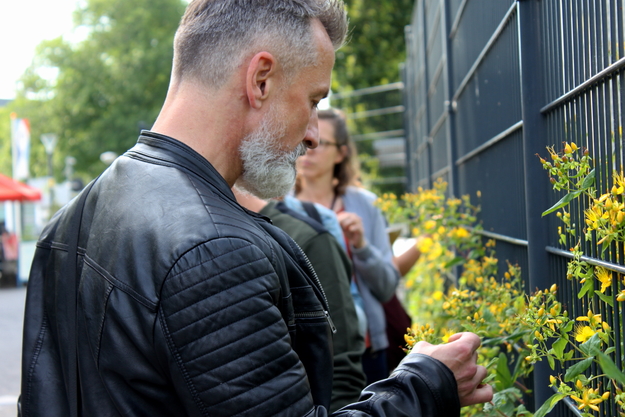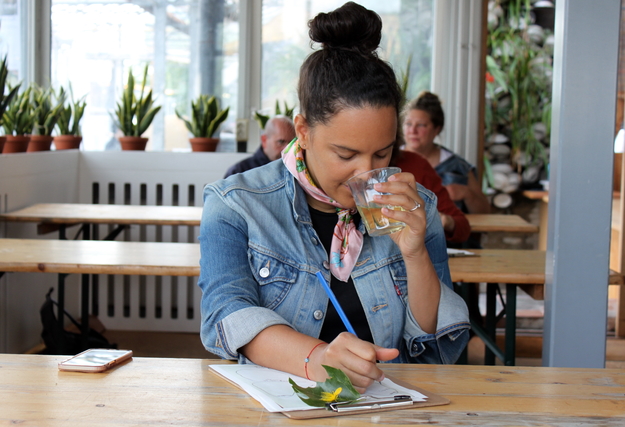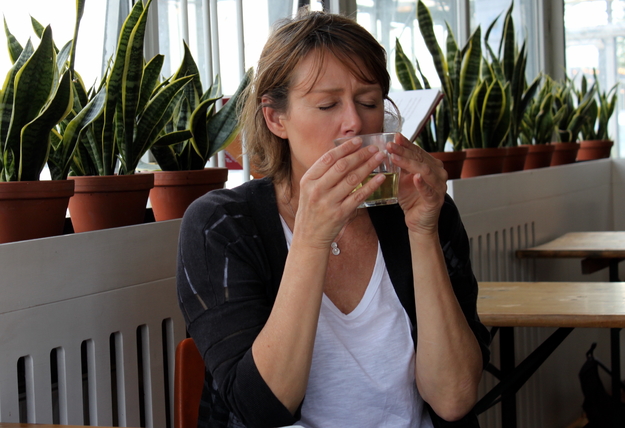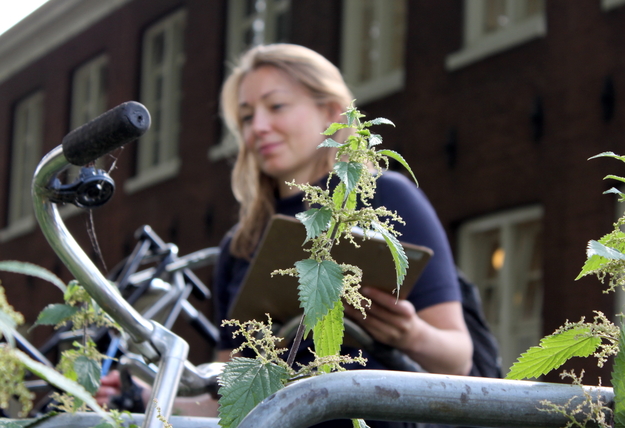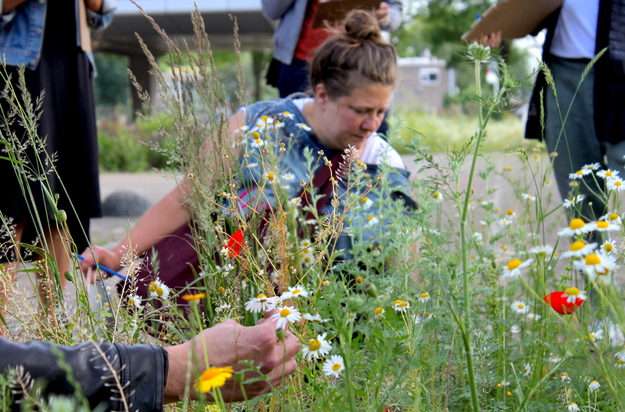Wat ga je doen
Je begint deze workshop met een wandeling in de omgeving van Mediamatic Biotoop, en het ontdekken van verschillende wilde kruiden die gebruikt kunnen worden om je stemming te verbeteren, je te kalmeren, je energie te geven en je te helpen een evenwichtige gemoedstoestand te bereiken. Na het foerageren van een aantal van deze planten, krijg je een begeleide theesessie met Lynn, waarbij je ze kunt proeven in een brouwsel en het effect kunt observeren dat ze hebben op je geest. Je zult vertrekken met een diepere kennis van eetbare kruiden in je omgeving en hopelijk een gevoel van balans en kalmte.
Deze workshop vindt buiten plaats in weer en wind, want het is belangrijk om frisse lucht te krijgen in zon en regen. Kom er alsjeblieft op voorbereid!
Lynn Shore
De natuurlijke wereld heeft Lynn altijd diep gefascineerd - we maken er deel van uit en moeten haar respecteren. Ze brengt dit tot uitdrukking door les te geven, te schrijven en in groene ruimtes te zijn. Haar professionele achtergrond is in wetenschap en speciaal onderwijs, kruidkunde, permacultuur en natuuronderwijs. Buiten haar betaalde werk is ze betrokken bij het creëren van stedelijke foerageergebieden en het vergroten van voedselsoevereiniteit.
Tickets
Standaard prijs €35 | Kortingsprijs €25
We bieden korting aan studenten, kunstenaars en Stadspashouders. Om in aanmerking te komen zullen we je vragen om bewijs.
Informatie
10 December, 15:00 - 17:00
De workshop heeft een minimum van 6 personen.
De workshop zal in het Engels gegeven worden.
Voor vragen kun je mailen naar workshop@mediamatic.nl.
Bij onze workshops houden we rekening met coronaveiligheid.
Lees hier de kleine lettertjes.
